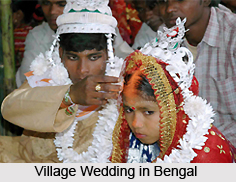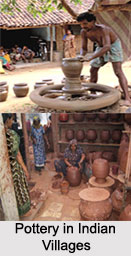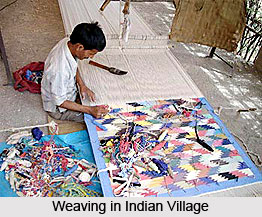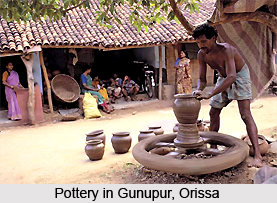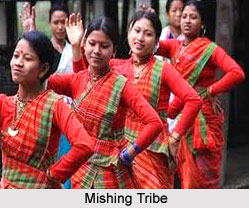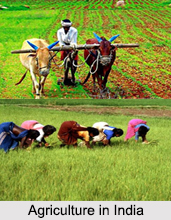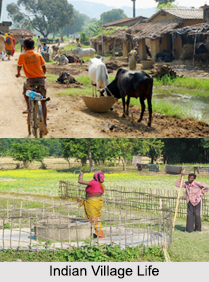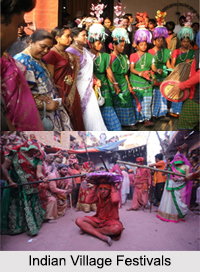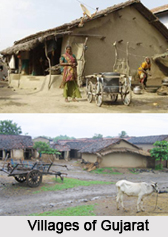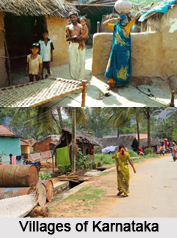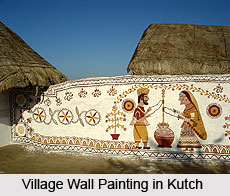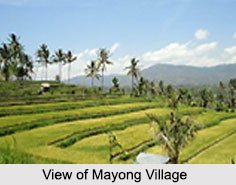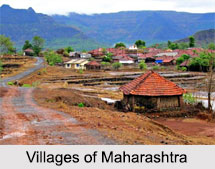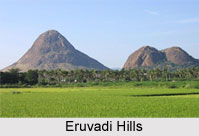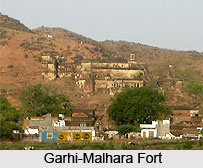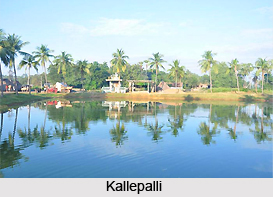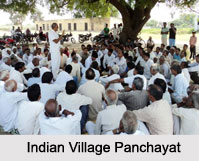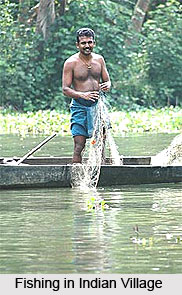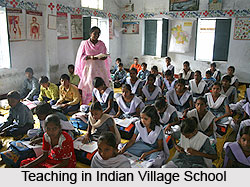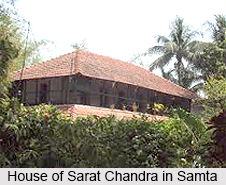 Samta is a village and a gram panchayat in the Howrah district of West Bengal.
Samta is a village and a gram panchayat in the Howrah district of West Bengal.
Location of Samta
Samta is located near villages like Ghoraghata, Mellock, Nabasan and Asaria, on the banks of the Rupnarayan River. It is the second nearest village to Deulti station, after Mellock.
History of Samta
The history of Samta dates back to centuries. During rule of British Government in India, Samta was ruled by the Roys, who were the Zamindars of the village. The Roys were initially Banerjee, but were later given the title of Roy. The Zamindars were subordinate to the Bardhaman Raj Estate, who were in turn subordinate to the British Empire. A memorial in the remembrance of Ishan Chandra Roy, a member of the Roy family, existed in the village but now is underwater and only a part of it is visible, peeping from the pond`s water surface. The Roys still live in Samta. Goddess Shitala is the family deity of the Roys and a temple dedicated to the goddess exists in on a hill in the village. A cluster of the Roy family still lives on that hill. After India gained Independence in the year 1947, the zamindari was abolished and the village was taken over by the Government of India.
Geography of Samta
Samta is located on the fertile plains of the Rupnarayan River. It is situated about one kilometre away from the banks of the river.
Culture of Samta
The majority of the village`s population of Samta is Hindu. The festivals such as Dol Jatra (holi), Durga Puja, Poila Baishakh, Kali Puja, Neel Shashti, Maha Shivaratri, Shitala Puja, Saraswati Puja, Itu Puja, Janmashtami and other Hindu religious festivals are celebrated with great pomp and show. Gajans are also held in the village. All the festivals are celebrated in Samta. Sarat Mela, an annual fair is held in late January in the neighbouring village north of Samta, Panitras, in remembrance of Sarat Chandra Chattopadhyay, a Bengali novelist and short story writer of the Bengali renaissance. Sarat Mela was started in 1972. The fair includes countless stalls of food, handicrafts, local products, books and other items. There are also giant wheels and merry-go-rounds. Cultural programmes, exhibitions and competitions are also held.
Tourism of Samta
Madangopal Jiu Temple, a temple built in the 17th century, is situated in Mellock, a nearby village located south of Samta. It is locally known as Gopaler Mondir. It is a terracotta ornamented temple dedicated to Radha and Madangopal Jiu and is in ruins. It was erected by Mukundaprasad Roychowdhury, a member of the family of Mellock`s Roychowdhury Zamindars. It is an atchala (roof with 8 slopes) temple. There is a small place of worship in the village, near to the barrage, under an Ashoka tree. There stands a sculpture of Goddess Chandi which from its appearance seems to be very ancient.
Education of Samta
There are very few schools in Samta such as Samta Sarat Chandra Uccha Balika Bidyalay, Samta Primary School. More schools could be found the neighbouring villages, which includes- Panitras High School (H. S.), Children`s Institution and Vivekananda Institution in Panitras. However, no college has been so far established in Samta and its neighbouring villages. The education seekers have to travel to Bagnan for higher education. Madangopal Jiu Temple in its early days standing tall in Samta
Agriculture of Samta
The soil of Samta is very fertile and ideal for crops such as those of rice, wheat and various vegetables. Jaggery is a traditional unrefined non-centrifugal whole cane sugar of date palm. It is traditionally made by few locals and sold to tourists and other villagers. It is called "gur" in Bengali language.
Visiting Information
Samta is the village which is linked to the NH 6, also known as Mumbai/ Bombay Road, through a narrow road known as Sarat Road. The highway links it to other places including Kolkata, the state capital. The roads of the village are metalled and are made of bricks. There is also a barrage, a kind of breakwater created to protect the villages from floods.
